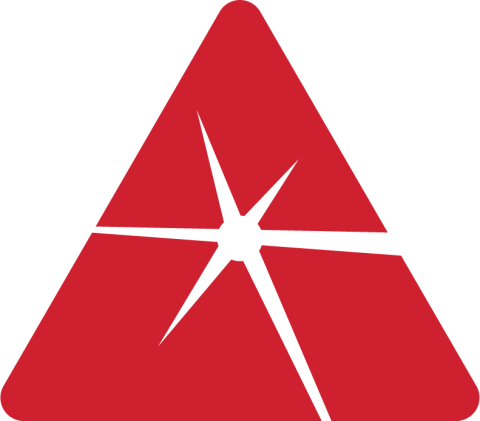

Authors:
David Schindhelm
Graduate School of Excellence Advanced Manufacturing Engineering in Stuttgart (GSaME), Universita¨t Stuttgart, D-70569 Stuttgart, Germany and Institut fu¨r Strahlwerkzeuge (IFSW), Universita¨t Stuttgart, Pfaffenwaldring 43, D-70569 Stuttgart, Germany
Rudolf Weber
Thomas Graf
Institut fu¨r Strahlwerkzeuge (IFSW), Universita¨t Stuttgart, Pfaffenwaldring 43, D-70569 Stuttgart, Germany
During laser material processing such as laser welding or cutting, it is known that the whole laser power is not only absorbed in or transmitted through the interaction zone, but a significant percentage is also reflected back to the laser source. Some publications analyzing the laser welding process showed a clear correlation between the reflected laser power and the result of the process. In this report, the authors analyze the information content of back reflected laser light during the high-power CO2-laser cutting of metal sheets. For this purpose, laser reflections are detected coaxially via a scraper-mirror online during laser cutting with a high time resolution. For different materials (mild steel, stainless steel, aluminum) and thicknesses (1 and 3 mm), a detailed spatial analysis on where the laser beam is reflected from (cutting front or workpiece surface) will be given. The spatial analysis of the reflected laser light shows that only 10% is reflected from the cutting front in the kerf. The main part (>90%) is reflected from the overlap zone of the laser beam with the workpiece surface outside the cutting kerf. Therefore, the signal strongly depends on the surface roughness of the treated material. It will be shown that, as expected, reflective surfaces with little roughness show higher CO2-laser reflections than rough surfaces with a higher level of roughness. Furthermore, the fraction of back reflected laser light increases with higher cutting feed rate which can be explained with a larger overlapping zone of the CO2-laser beam with the workpiece surface in front of the cutting kerf. In addition, the back reflection signal also strongly depends on the position of the focal plane with respect to the workpiece surface. This relationship can be used to measure the absolute position of the focal plane in-process as well as detecting an undesired focus shift during laser cutting.
